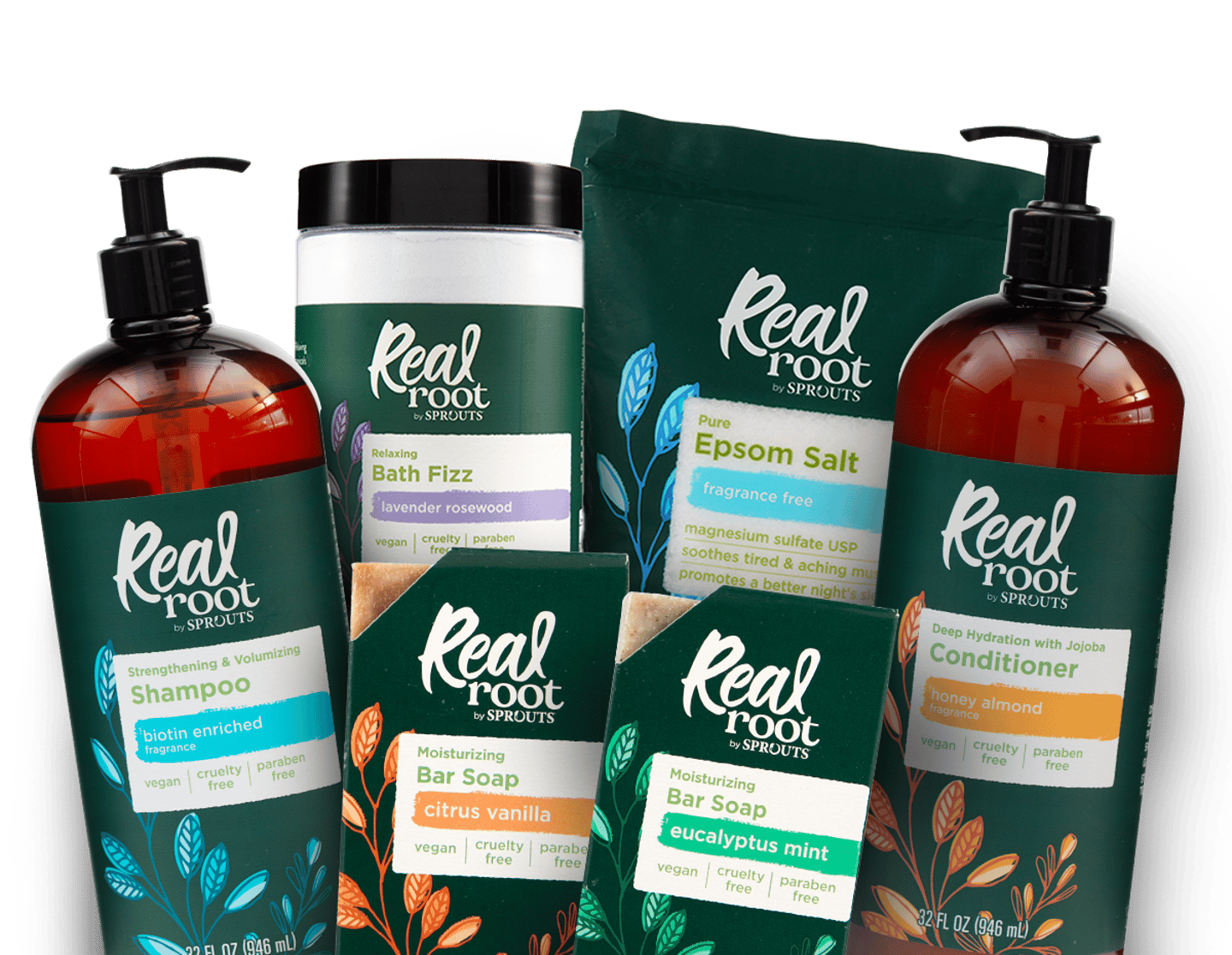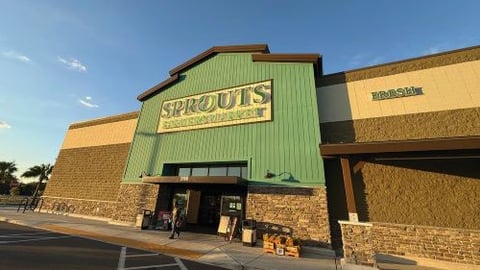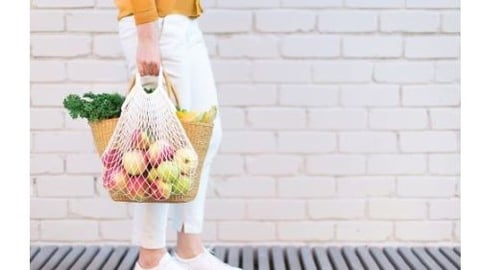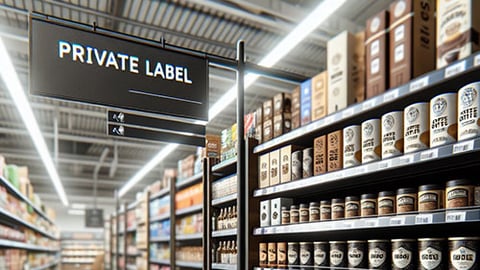Sprouts Farmers Market's CEO Talks Private Label, Store Growth
It’s no secret that Sprouts Farmers Market is growing robustly in terms of new store openings, overall sales, and continued expansion of its private label assortment.
But the Phoenix, Ariz.-based grocer is marching to the beat of its own drum. Store Brands’ 2024 Retailer of the Year, the company has maintained its focus on giving shoppers an assortment of products that allow them to make healthier choices, be they fruits and vegetables or personal care products.
During the 2025 PLMA Leadership Conference in Scottsdale, Ariz., Sprouts CEO Jack Sinclair was the headliner of the two-day annual event that attracted retailers and suppliers alike.
Speaking with Peggy Davies, president of PLMA, Sinclair offered his unique insight on a host of topics about Sprouts. From its robust and ever-expanding own brand assortment to its store growth that will build off its current locations along, as he put it, the smile of the U.S., stretching from California in the west to Florida in the south, and as far north as Pennsylvania, the Sprouts brand is popping up in communities far and wide.
Sprouts' Approach to Private Label…
Jack Sinclair: When I got to Sprouts, our private label share was about 16%, and a big chunk of that was commoditized product. But we defined our target customers, the health enthusiasts and the innovation seekers. We moved away from taking a commoditized approach to private label, and a lot of traditional products were unraveled. It was never "let’s go from 16% to 30% or 40% (penetration rate)." It will be what it will be if we bring in great products to the marketplace that differentiate us.
It was also never a margin play for us. And while we’ve gone forward with this strategy, our share has grown to 24%. Whether it grows to 30% or goes to 16% will be down to the people (Sprouts' private label team) who are in the middle of launching products that our customers like. And if we do that, we’ll drive some loyalty to the business. We're excited about what we're doing with the Sprouts brand.
Sprouts’ Store Size and Layout…
JS: We have smaller stores with a low profile that allow the shopper to see the fresh products and manage the feel of the store. We have more than 20% of our sales in fresh products, and the way our selection is significantly different from most grocers. We’re big believers in the visual effect. If you look at the fruit markets of Guatemala or the lettuce markets of China, you see the way it's presented, the colors, and making avocados come alive, and making citrus come alive.
Sprouts’ Store Growth…
JS: We've got plenty of opportunity. There are 1,200 spaces that should have a Sprouts in the United States, and at the moment, we've only got 420. So there's plenty of room to grow. Next on the horizon is that we’re about to open some stores on Long Island, and we're looking at opportunities in Connecticut and that corridor up to Boston. When looking at the Midwest, Chicago is an opportunity for us that we’re excited about.
I also want stores to be within 250 miles of a distribution center. So it's a little bit chicken and egg, until I get some stores, I can't get a distribution center, and I can't get a distribution center until I get stores, so we're in the middle of working that out. But I think we’ll need at least three more distribution centers.
On Emerging Challenges…
JS: The broader challenge in the context of the grocery industry is that health has become a significant issue. We’ve been talking about GLP-1s and the impact they will have. There’s no question that health is playing a bigger role, and our customer base is more educated (about health) than the average population. They spend an inordinate amount of time being very discerning about the products they buy. They pick it up and they look at the labels more so than they did early in my career. People would just buy things if the brand is really good. Now, they don't want a product that looks like a chemistry set.
There are things in the United Kingdom that are banned from products in the U.S. What’s the difference? Less sugar, less salt. Quite honestly, the palate has to adjust to those changes, which is an interesting dynamic and one that I don’t know how people are going to reconcile. But the challenge of health, additives, and what's in our products and what's in our food, I think, is a big one.
Expanding the Product Selection into Non-Food…
JS: We’re looking at the health and beauty space. We recently launched Real Root, which includes products such as shampoos and soaps. It’s performing pretty well in its early days. I think there's an opportunity for us to go further in what we're doing in the health and beauty space, and with the idea of healthy from the outside in as opposed to healthy from the inside out. We've got a bit of work to do on that, but I think there's some opportunity for us in that space.
Building Relationships With Suppliers…
JS: As we grow, I’m hoping our volume gets more interesting to a lot of the manufacturers. I think we've got some work to do to make it a little bit more efficient through our distribution network. I want us to get more efficient for the manufacturers in this space. And by the same token, I want innovation and differentiation. (Product suppliers) have plenty of great technical people in their offices. If they have ideas that are just not quite making it with the bigger guys, we'd love to be in the space of being the innovative player. Bring us the ideas and we’ll move faster in the marketplace. If you can unlock the potential of your technical people and the people who are interested in the food that they're selling, start with us; it might be a stepping stone.
This article was originally covered by sister publication Store Brands.








